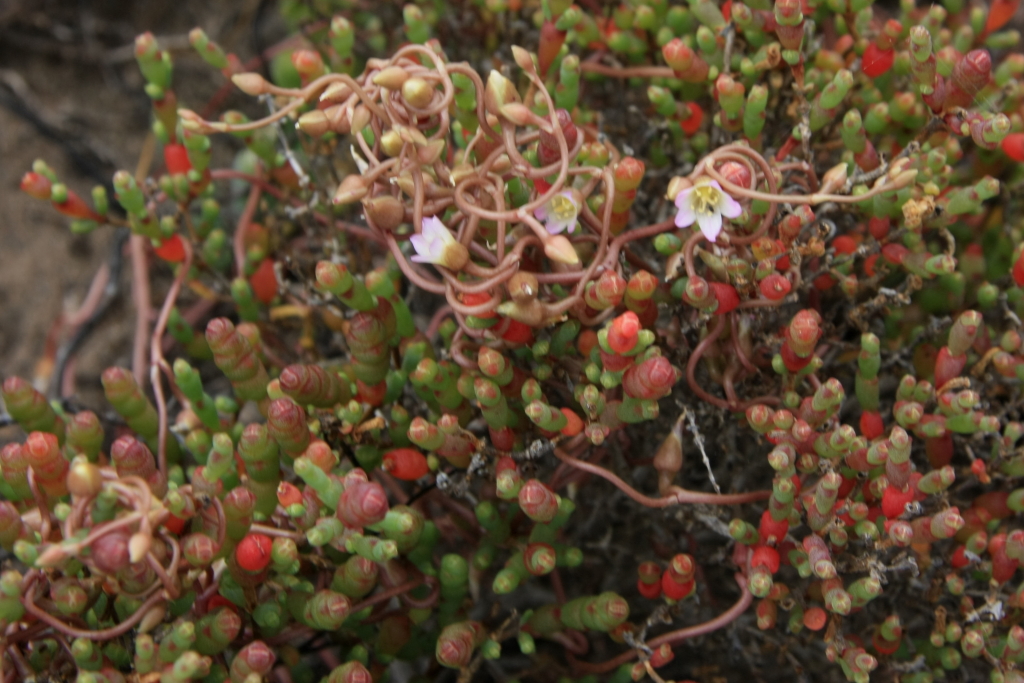Calandrinia volubilis
Twining PurslaneFl. Austral. 1: 174 (1863)
Taxonomic status
Accepted
Occurrence status
Present
Origin
Native
Degree of establishment
Native
Threat status
FFG:
Vulnerable (VU)



